(English text)
On June 11, 1956, Miller was divorced in Reno from his first wife after spending his six-week residency in Sutcliffe at the Pyramid Lake Guest Ranch. He married Marilyn Monroe some three weeks later. His encountering "misfit" cowboys and the round up of wild horses inspired a short story in Esquire (October 1957) and later the screenplay that captured the end of an era in the American West. Among the actors and actresses featured in the poignant drama were Marilyn Monroe, Clark Gable, Montgomery Clift, Eli Wallach, Thelma Ritter, and Kevin McCarthy. Wallach and McCarthy are still alive. Playwright Arthur Miller died February 10, 2005.
"At one time, 'The Misfits' held the title of the most expensive black-and-white film ever made," a recent letter to the editor of the Reno Gazette-Journal claimed, "and, sadly, it was the last film for Monroe, Gable and Clift." While it appears many people subscribe to the tragic notion that the careers of three Hollywood film stars ended with this haunting movie, the truth is more complicated.
It is true that Clark Gable died of a heart attack on November 16, 1960, at age 59, just twelve days after shooting the final scenes in Los Angeles. A month earlier, east of Dayton, at "Misfit Flats,"Gable had shot the stallion fight sequence with Gay Langland, Gable's character, being dragged around by the powerful horse. Many believed that this taxing scene took its toll on Gable's health. Expecting to give birth soon, Gable's fifth wife, Kay, was unable to attend a preview of "The Misfits" in Hollywood on January 10, 1961. The "World Premiere" in Reno occurred on January 31 at the Granada Theater.
Marilyn Monroe, after her divorce from Arthur Miller on January 20, 1961, actually started filming another movie in 1962, "Something's Got to Give." Monroe's deteriorating condition, fueled by drugs and personal turmoil, reached a point that she was dropped from the film after many times forgetting her lines and missing numerous shoots.
Meanwhile, every indication is that Twentieth-Century Fox simply did not have the picture ready for filming. Monroe spent much time shooting scenes that had already been shot because the next scenes were not yet written. The studio was in serious financial condition and was looking desperately for ways to cut costs. Monroe’s fees for the film was one of the highest of any film then in production.
Her untimely end came on August 5. The Los Angeles County Coroner ruled the thirty-six-year-old woman's death a suicide, albeit under mysterious circumstances. The scenes from "Something's Got to Give" were used in "Marilyn" (1963), a documentary narrated by Rock Hudson.
Montgomery Clift's film career did not end with "The Misfits." Later in the year after the "The Misfits" was released in 1961, Clift also starred in "Judgment at Nuremberg." The following year he played the renowned Austrian psychiatrist Sigmund Freud in Director John Huston's "Freud". In 1965, he was featured in "The Love Goddesses." His last film was a French production released in 1966 entitled "The Defector." Clift's dependency on drugs and alcohol, and also his lifelong bisexuality, profoundly effected him during his career. His life was cut short on July 23, 1966 when his companion Lorenzo James, found him dead lying nude on top of his bed in New York City. According to the autopsy, the cause of death was "occlusive coronary artery disease".
Some critics argue "The Misfits" may have been Monroe's best performance. In playing the vulnerable divorcee Roslyn Taber, navigating between the affection of three men, she really played herself. The rest of the cast including Gable and Clift gave solid performances. However, the movie did not receive wide critical acclaim nor was it a box-office hit. Its popularity has grown with time. There is a melancholy tone to this engaging black-and-white movie that suggests the tragedy that was to consume Gable, Monroe, and Clift.
Photo: Marilyn Monroe as Roslyn Taber and Kevin McCarthy as Raymond Taber on the steps of the Washoe County Courthouse, July 22, 1960 Courtesy of Kevin McCarthy
(Original version in Sierra Sage, Carson City/Carson Valley, Nevada, January 2001 edition)
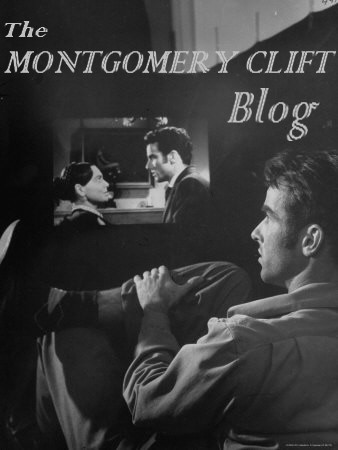

.-+albornoz+(4)+BLOG.jpg)

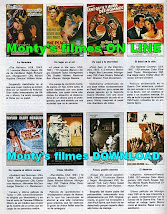


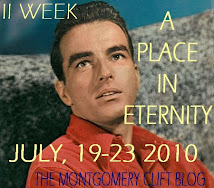










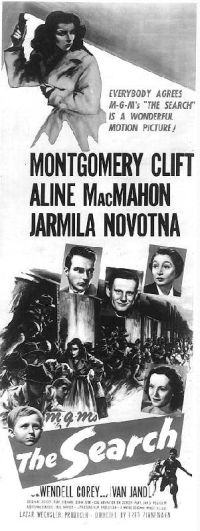

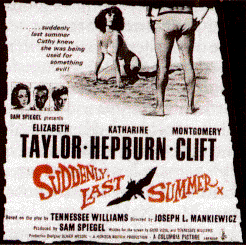



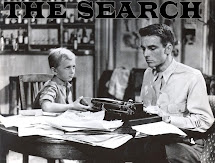

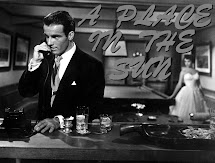2.jpg)
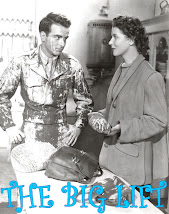.jpg)
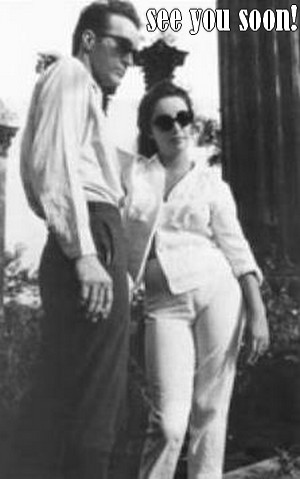

.jpg)


No hay comentarios:
Publicar un comentario